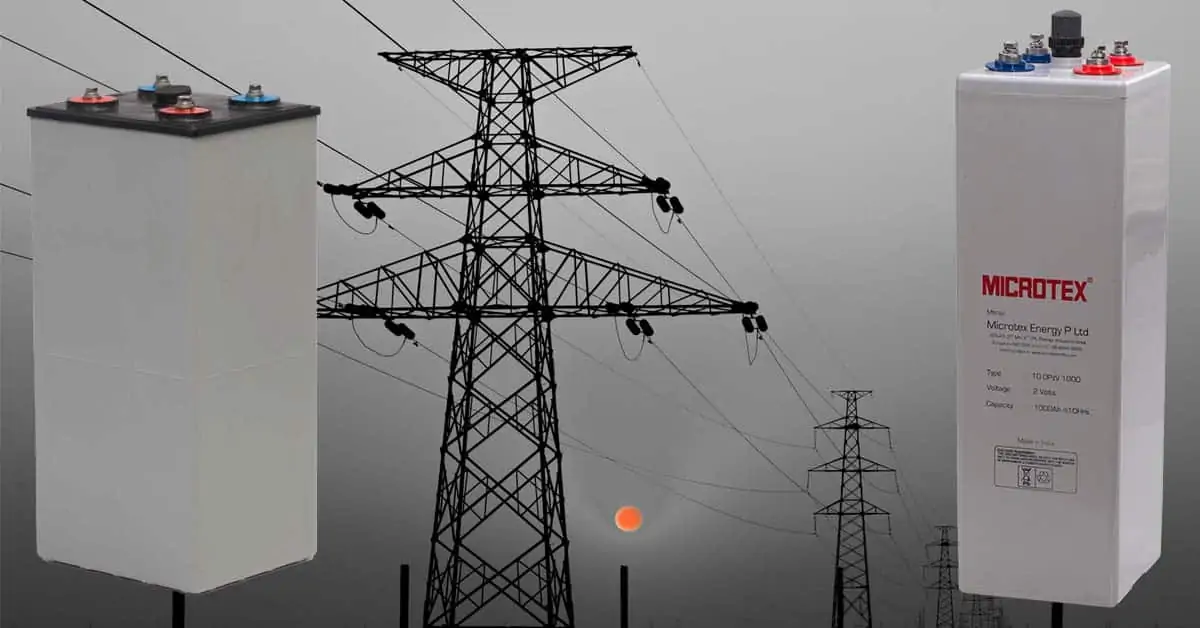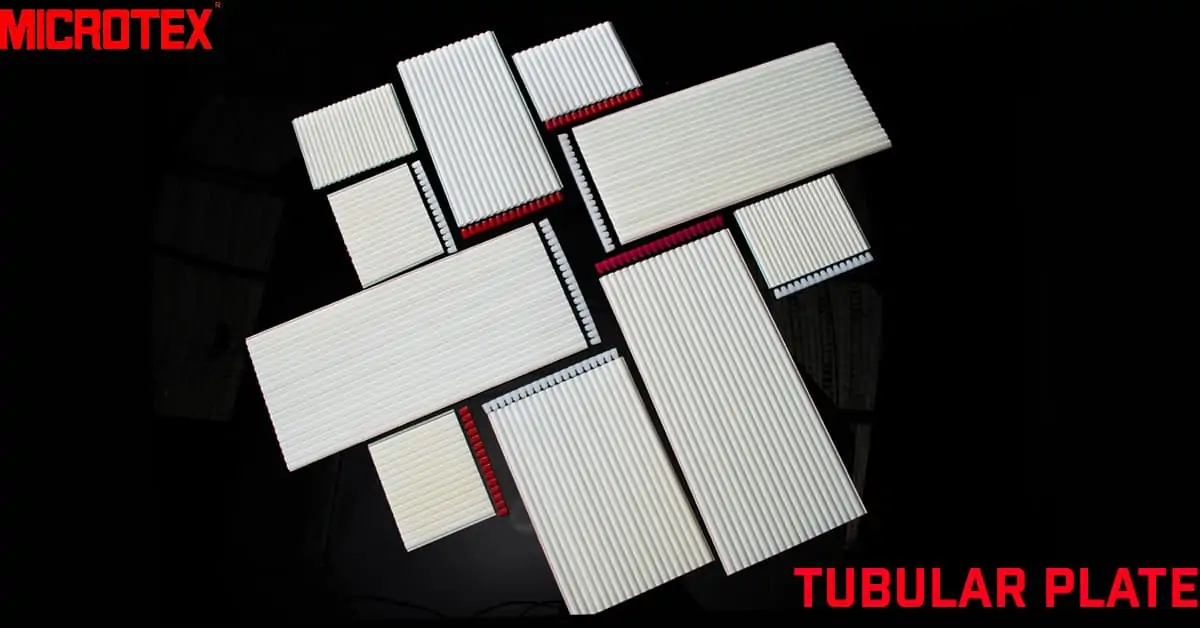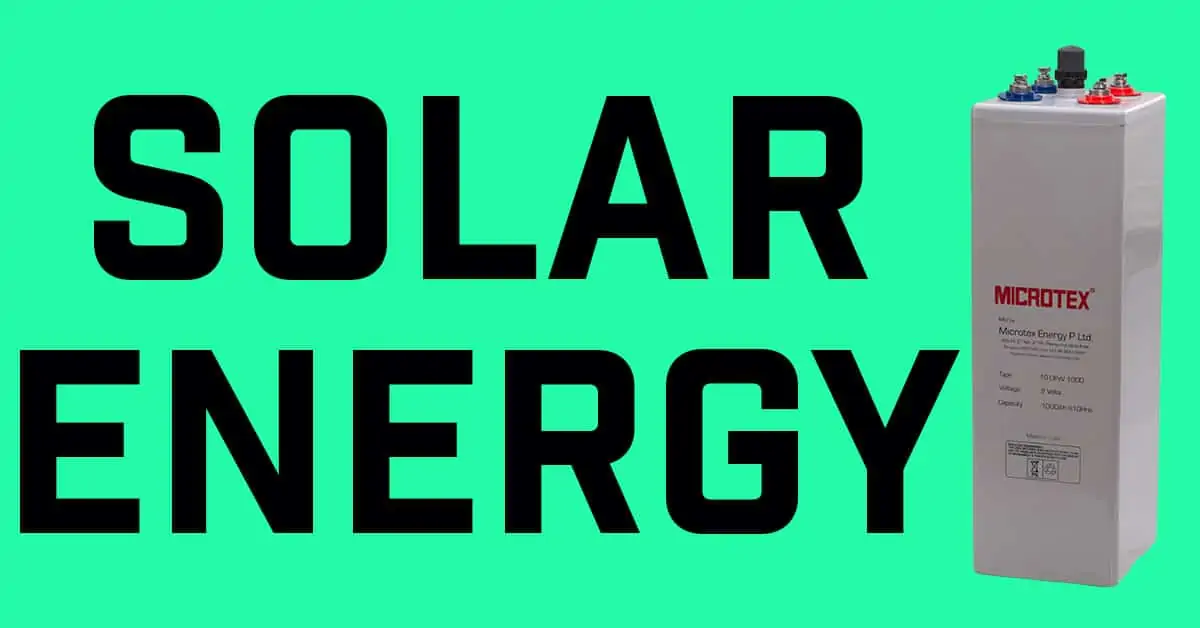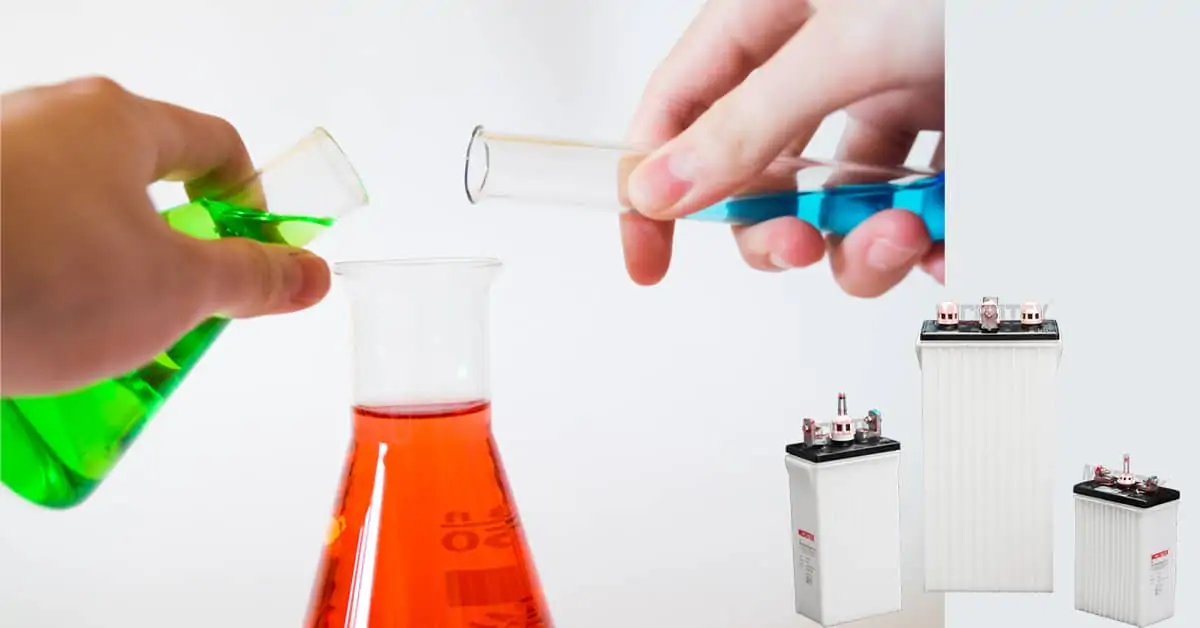AGM vs Gel Battery for Solar
What Is a Gel Battery and how do they differ from AGM VRLA Batteries? You may think there’s not that much to know about batteries in general. As long as batteries work when you need them to, you are good to go. But there are so many things certain types of batteries provide, and many times we aren’t taking advantage of those provisions because we’re using the wrong type of battery.
A case in point is when we’re using an AGM valve-regulated lead-acid (VRLA) battery, where a gel battery would be better suited. The confusion usually lies in the fact that a gel cell battery is a VRLA battery with one big difference.
What is agm vs gel battery?
Gel VRLA batteries use sulfuric acid mixed with fumed silica, which then turns into a jellified electrolyte hence the name gel cell battery.
If you’re interested in learning more about Gel Batteries and how they differ from VRLA batteries, you’ve come to the right place. Gel batteries are used in different industries and provide different functions than almost any other kind of battery. Read on to learn more about how and what a gel battery provides.
History of the Gel Battery
To better understand what a gel battery provides different industries, sometimes it’s good to go back and understand the history of batteries from the beginning. Most of us are very familiar with lead-acid batteries and what they provide, which were one of the starting points for batteries of today. In the 1950s, the first gelled lead-acid battery was developed, although it didn’t become popular until the 1970s.
It was discovered by mixing sulfuric acid with the silica-gelling agent you could convert liquid electrolyte into a partially stiff paste that created a maintenance-free gel battery. The Absorbed Glass Mat (AGM) battery arrived in the 80s as a sealed lead acid battery used on military aircraft, vehicles, and UPS and could duplicate the performance of gel batteries but usually targeted different industries that needed lightweight and durability. Gel and AGM batteries are under the umbrella name of VRLA but benefit various industries that need starters and deep-cycle applications.
It is the Gel battery’s silica type substance that suspends the electrolytes that allow the electrons to move back and forth across and between the plates. The Gel battery is so capable and well put together it won’t leak even if you break the case open. That’s why the industries that utilize the gel batteries the most are in the critical sectors like, power generation industry, telecommunications, nuclear energy, data centres, marine equipment, and defence ministry’s critical equipment needing power backup.
AGM vs Gel Battery difference
There is a lot of crossover between AGM and gel batteries, which is why it’s so essential that consumers and industries understand the best end-user per battery in competitive market suppliers and providers. They are both used by industries that crossover because they both offer low maintenance and safety enhancements while giving you power density benefits. The brilliance of AGM and Gel batteries is they are made with the highest quality components using the best battery technology attributes.
Key Components compared AGM vs gel battery:
The AGM battery has its electrolyte held in place by Absorbent Glass Mat separators.
Each AGM separator contains capillary properties that allow for the electronic ions to move.
And more importantly, it is the AGM separator that permits for the recombination of hydrogen and oxygen to form back the water that would be lost otherwise.
The AGM battery separator offers low internal resistance properties for the battery. The AGM battery is usually smaller than the Gel battery
It’s the small size that makes the AGM battery so popular among various industries seeking high output power with small battery units.


Gel Battery Components:
You already know the VRLA battery is offered to you as an AGM battery or a Gel battery.
The Gel battery components include but aren’t limited to:
Battery electrodes housed inside the container with usually a PVC battery separator & the important 3rd active material the electrolyte. The electrolyte is mixed with fumed silica under conditions that produce the liquid acid to become a gel-like substance & appears to look like petroleum jelly. This transforms the flooded battery into a gel battery that does not leak.
The gel-like substance channels gaseous oxygen that moves from the positive to the negative battery plate.
As the chemical reactions take place inside the battery, the gel-like substance helps move the oxygen to the negative plate, it encounters hydrogen gas and creates released energy by combining with water. The battery has some increased acid resistance which is why they aren’t used as starter batteries. The battery offers a high capacity and is very resistant to excessive deep discharges. The Gel battery can quickly recover even when the battery is discharged to 20% of its capacity. Hence it is ideal for deep cycle applications like in a solar battery. The Gel battery can withstand very extreme temperatures, which is why it’s so popular with any Ministry of Defense for critical applications, marine equipment companies, and nuclear facilities.
Agm vs gel battery which is better?
There’s no doubt about it; the number one benefit of using a gel battery is you don’t need to top up your battery. You will identify with this benefit if you’ve ever been stuck out in the middle of nowhere and have limited access to the replacement of the batteries you’re using. Most people have experienced a flooded battery that you forgot to top off with water and let go dry by accident, which means it will no longer work.
If you schedule ongoing maintenance for batteries, so the topping off with water occurs, you know just how expensive that maintenance can be. If your commercial equipment needs to run reliably and be durable, there is no better choice than the gel battery. In truth, there’s no way to prevent failing to top up your battery with water because we just forget to do so or are busy with our schedules.
In critical applications like the oil & gas industry, there is a small risk of fire due to the nascent hydrogen that is formed in flooded battery banks which can form an explosive mixture. This poses an additional risk to an already high-risk prone area inside the Petro-chemical complex. The sealed Gel battery offers great benefits in such applications with the robust deep cycle performance of a tubular battery.
The Gel battery is a sealed battery that doesn’t leak, is maintenance-free, and most transportation departments classify it as non-hazardous so you can freely travel with it to use where you need it most.
AGM vs gel battery acid
AGM batteries do have sulfuric acid, but it is a minuscule amount compared to other batteries. AGM battery is also known as a starved electrolyte condition because of the reduced electrolyte design. The sulfuric acid is mostly absorbed by the absorbent fibreglass mats, which then allows the AGM technology to impress with its no-spill properties. The plates in an AGM battery are flat plate & are very much like regular lead-acid batteries that are shaped like a rectangle.
Gel tubular batteries costs can run 30%-40% more than other types of battery types, but your return on investment is very much worth the extra investment on the front-end. Microtex has a tubular gel plant imported from Germany and provides a very high-quality tubular gel battery that lives up to AGM and Gel battery legends. The number one benefit that almost everyone agrees with is that it can be deep cycled regularly. With an 80% depth of discharge rate, these batteries are very strong in performance compared to AGM VRLA battery.
Where is AGM vs Gel Battery used?
When you’re comparing AGM to Gel batteries, you already know this is a family of batteries under the same umbrella. Still, they do tend to differ in which industries are partial to using them. In general, industries that use the AGM battery has a significant growth rate that’s expected to exceed a CAGR of 5.3% between 2019 to 2025. It is estimated to reach over $13.9 billion by 2025. That’s because the key players for AGM batteries are some of the more prominent industry companies like Yuasa, Exide Technologies and Power-Sonic Corporation. In addition, AGM batteries can be used cross-industries so that it will work for static application industries like medical equipment.
It will also work for heavy-duty applications like Emergency Systems and Power Supply companies. The Gel Battery is being used in with considerable growth and development in the Asia Pacific due to the ongoing rapid industrialization. The key players for Gel battery industries include Microtex, Enersys, Yuasa etc. (Disclaimer – All brand names belong to respective companies & Microtex has no connection with these companies)
These are very low-maintenance batteries, which make them ideal for cell phone towers, marine equipment, or critical applications like in nuclear facilities.
Key Properties: AGM vs Gel battery
Gel batteries are so maintenance free you almost forget you have to provide any maintenance to them at all. When a gel battery is charging, hydrogen is absorbed and reversed to the electrolyte by plates, and that makes it safe in almost all operations because you don’t have any liquid inside. Uniquely you can install the gel battery upside down, but no one ever recommends you should go out and do it.
Gel batteries have a marvellous long shelf life, and their performance levels stay high and consistent until the end of its long life. The extreme weather it can operate in, means it can take the hardest environmental abuse and still do perform well. There’s no actual downside to gel batteries except their cost, which can be pricey but worth it in the long run.
The best advantage of gel batteries is that they stay in a high-performance mode range due to its dome-shaped discharge performance curve that adds service life and provides the long-life that gel batteries are known to have.
Advantages AGM vs Gel battery
Some added Gel battery advantages that most people don’t think about is that Gel batteries never corrode like other types of batteries. Gel batteries can resist vibrations & find a great acceptance in rolling stock applications in railways, who need a battery that is durable and dependable like gel batteries.
Gel batteries won’t freeze at -20 degrees Fahrenheit, and the best thing about Gel batteries is they are compatible with almost all electronic equipment no matter how sensitive. One of the Gel battery’s final advantages is they are air-transportable in almost all circumstances to any place in the world due to their ability to withstand rugged and severe temperatures.
Your Next Battery Purchase Should be a Gel Battery
The next time you need to purchase a battery that can provide you with the long-life you need, the functions you want, and keep on providing them with no matter where you need to use it, think about reaching out to Microtex. Microtex has a dedicated and committed customer service department that will answer any questions you have while providing you with top-quality gel batteries. Every battery requirement, that industries face has effective and efficient solutions. Microtex is always at the forefront to provide you, the customer, with superb service & great performance from its gel battery range.
Our customers know that we are just a click or a phone call away. Reach out to us so you can find out what energizing battery will work best for your needs.




